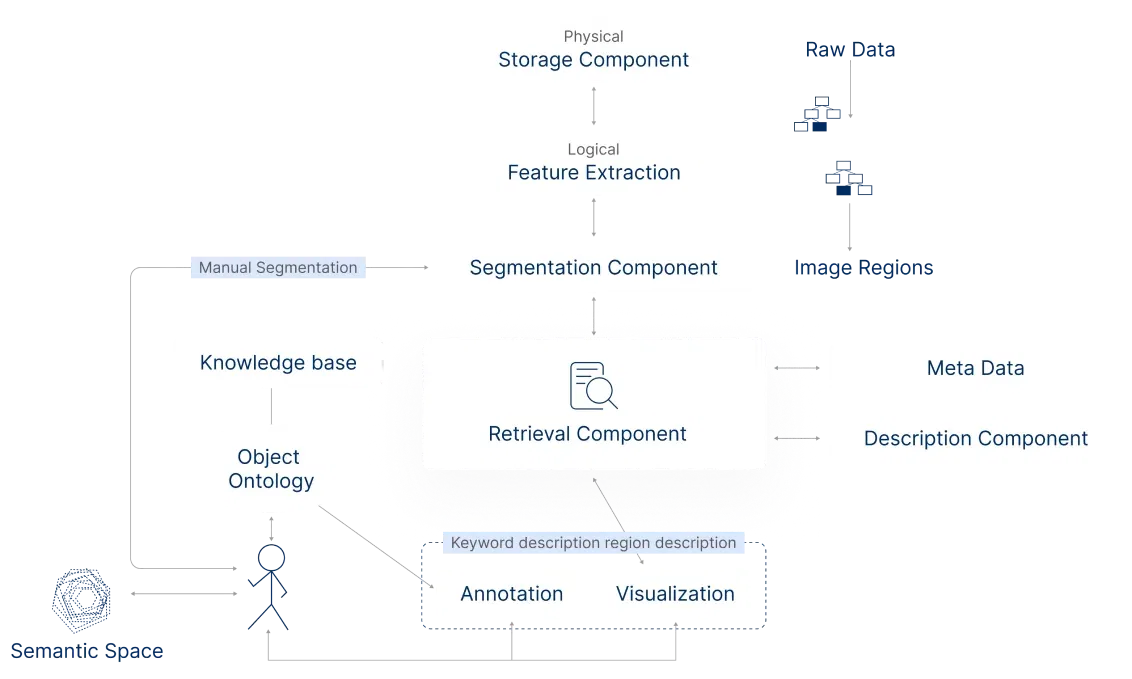Image annotation services
Driving AI excellence through accuracy and precision
Talk to our AI expertsOur Clients

For businesses aiming to harness the power of vision AI, accurate image annotation is indispensable. Properly labeled visual data enables machine learning models to perform at their best, ensuring precise analysis and predictions.
Our bounding box annotation service accurately draws rectangular boxes around objects of interest in images, enabling efficient object detection and localization.
With polygon annotation, we precisely delineate the boundaries of objects using multi-sided polygons, capturing intricate shapes and details for advanced segmentation tasks.
Our experts label specific points of interest on objects, such as facial landmarks or human pose keypoints, enabling accurate tracking and analysis.
Our team of experts annotate images with 3D bounding boxes, providing valuable data for autonomous driving, robotics, and augmented reality applications.
Our semantic segmentation service precisely helps in annotating images at the pixel level, assigning semantic labels to every pixel for advanced scene understanding and analysis.


Data collection and preparation:
Acquire and prepare image data to fit AI model needs.
Annotation strategy development:
Establish annotation criteria and tool selection.
Annotation execution:
Our experts leverage tools to label images accurately.
Quality assurance:
Review annotated images to ensure data quality.
Data integration and model training:
Integrate data into the model and refine as needed.
Continuous improvement:
Regularly evaluate and enhance the annotation process.
Partner with top image annotation experts
Reach out for customized data annotation services that fit your needs